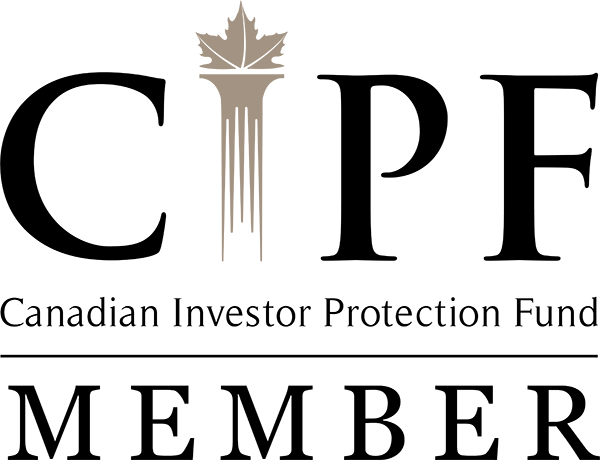RESP: Saving For Your Child’s Education

A good education is a goal most parents have for their children. But the rising cost of post-secondary education has many parents concerned about whether they will be able to afford to send their children to college or university. Registered education savings plans (RESPs) can be an effective way to save because they offer tax benefits and allow you to take advantage of grants from the federal government. There are different kinds of RESPs to choose from, so it’s wise to shop around to find the plan that best meets your needs.
Did you know grandparents could set up and contribute to their grandchildren’s RESP?
Contact us here if you have any questions regarding RESP planning for your children or grandchildren’s future.
What is an RESP?
An RESP is a special account to help people save for education after high school. The money earned in an RESP isn’t taxed until it is withdrawn. You can open an RESP for a child, yourself or another adult. This person is called your “beneficiary.”
Making contributions
The lifetime contribution limit for each beneficiary is $50,000. If you contribute more than this, you may have to pay a tax on the excess amount. Unlike registered retirement savings plans (RRSPs), you can’t deduct RESP contributions from your taxes. The number of years you can contribute depends on the plan, but it is usually between 18 and 22 years. An RESP can stay open for up to 36 years.
Receiving payments
Once your beneficiary is enrolled in a qualifying educational program, they can start receiving payments from the plan. These payments are taxable in the student’s hands. Since most students have little or no other income, they will likely pay little or no tax.
If your beneficiary does not go on to post-secondary education
You have a few options.
Your plan may allow you to choose another beneficiary. In some cases, you can transfer the earnings to your RRSP. Or, you may be able to withdraw the earnings in cash, but you’ll have to pay tax on them. You have to return any grants to the government, unless you have a family RESP.
What types of RESPs are available?
There are three basic types of RESPs: individual plans, family plans and group plans.
Anyone can open an individual RESP and anyone can contribute to it. This includes parents, grandparents, aunts, uncles and friends. You can even contribute to an individual plan for yourself.
A family RESP can have one or more beneficiaries, but each beneficiary must be related to the contributor. The beneficiaries must be under 21 when they’re named. Contributions can only be made until a beneficiary turns 21.
A group RESP pools the contributions of many investors. Contributions are made according to a schedule and are used to buy plan units. The date the plan matures is set at the time of enrolment and is based on the child’s birth date. When the plan matures, the beneficiary usually shares in the pooled earnings of investors with children the same age. If your child does not begin postsecondary studies at the same time as the rest of the group, the earnings you receive from the plan may be affected. And if you drop out of the plan before it matures, you forfeit all of your earnings to the group.
Federal grants can help you save even more
The federal government will match contributions to a child’s RESP under the following grant programs:
The basic Canada Education Savings Grant (CESG) will top up your annual contribution by 20%, up to a maximum of $500 each year for each beneficiary. The lifetime limit for the grant is generally $7,200. Additional CESG grants may be available, depending on your income.
The Canada Learning Bond (CLB) provides an additional grant of up to $2,000 per child to help families with a modest income. Children must be born after December 31, 2003 to qualify.




